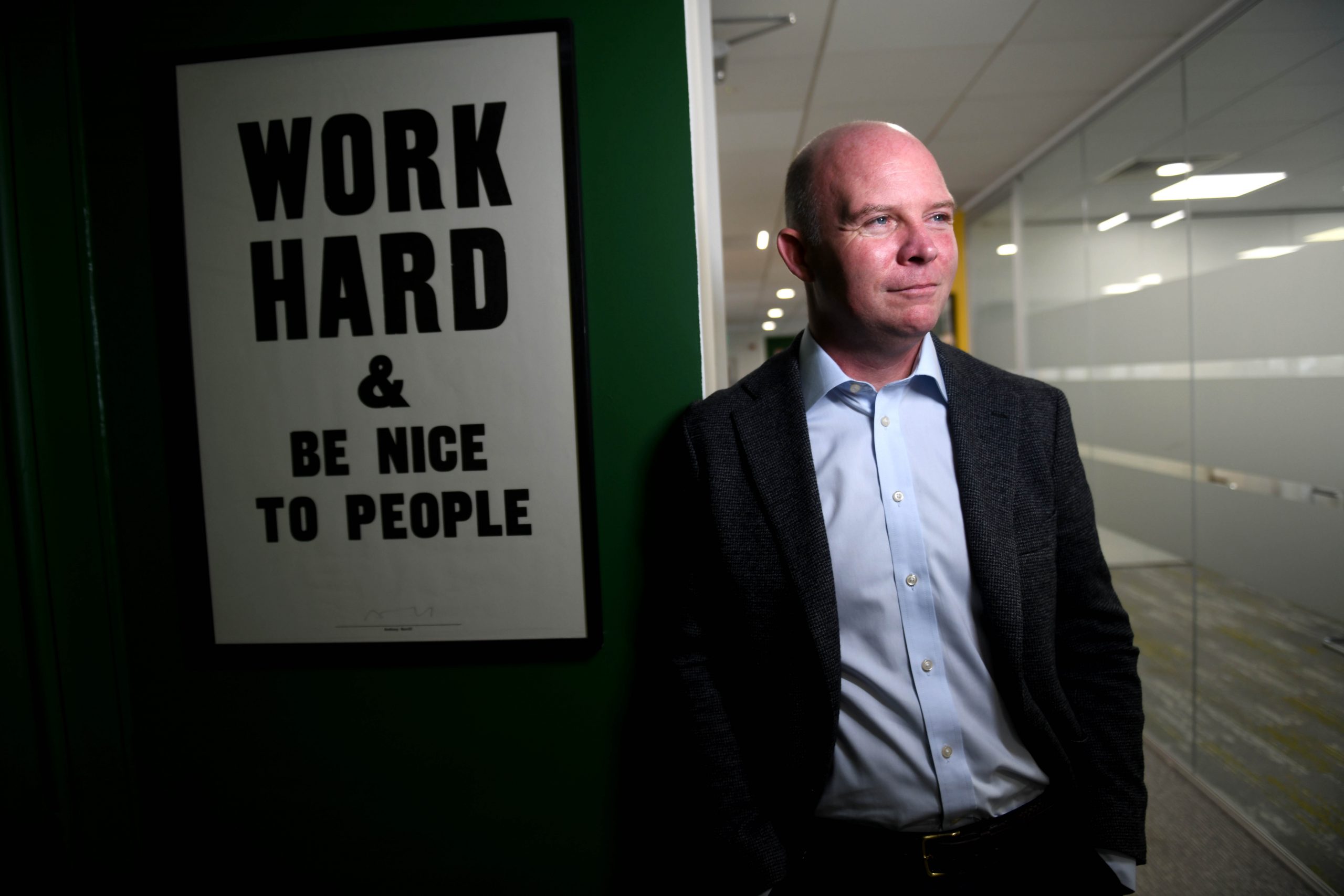It has been three months since the Irish commercial law firm Leman merged with the international law firm Ogier, and its bright offices have been rebranded to reflect the deal. The headquarters of what is now Ogier Leman overlook the Barge Horse, a bronze sculpture by the Derry-born artist Maurice Harron located on the Grand Canal in Dublin 2. John Hogan, the co-founder of Leman who leads Ogier Leman in Ireland, greets me warmly as I arrive. It is 14 years since he co-founded the mid-sized law firm with Larry Fenelon, an old school friend from Blackrock College. Hogan gives…
Cancel at any time. Are you already a member? Log in here.
Want to read the full story?
Unlock this article – and everything else on The Currency – with an annual membership and receive a free Samsonite Upscape suitcase, retailing at €235, delivered to your door.

